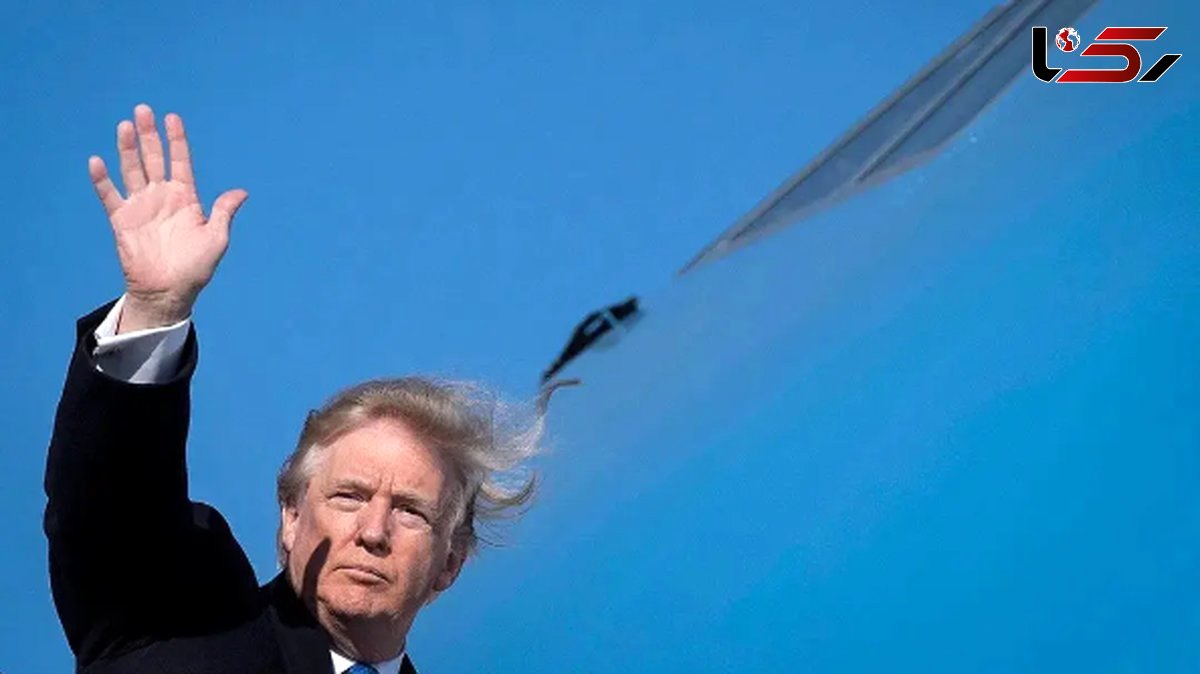Stoltenberg Alleges Trump Pushed NATO to Brink of Collapse
Rokna Political Desk: Former NATO Secretary General Jens Stoltenberg has revealed in a reflective essay how the controversial statements and policies of Donald Trump threatened to unravel the transatlantic alliance. Stoltenberg recounts that Trump’s harsh criticisms of NATO nearly brought the organization to a breaking point during his first term in office.

In a piece published in The Guardian, Stoltenberg recounts his personal meetings with Trump, illustrating how the former U.S. president’s skepticism of NATO undermined decades of U.S. foreign policy assumptions. From his early campaign days, Trump described NATO as “obsolete,” a view that, Stoltenberg argues, cast doubts on Washington’s long-held international commitments.
Despite opposition from prominent Republicans, Trump’s rhetoric alarmed U.S. allies, reinforcing doubts about the durability of the alliance. Stoltenberg said he ordered NATO staff never to mock or show frustration toward Trump’s tweets or remarks—even privately—so as not to provoke a negative response from Washington.
Their first phone call on 18 November 2016 confirmed Trump’s posture: although he introduced himself as a strong supporter of NATO, he pressed European members to boost defense spending significantly. Trump also insisted NATO play a more active role in counterterrorism, and consulted Stoltenberg on potential Cabinet picks like Rex Tillerson and Jim Mattis.
In an April 2017 White House visit, Trump asked why NATO could not engage in North Korea as it had in Afghanistan. Stoltenberg replied that while members shared concern over Pyongyang, no one supported bombing North Korea. Regarding counterterrorism, Trump pressed for a more forceful approach.
Stoltenberg also recalls a fraught moment at the 2017 NATO summit. Trump abandoned key language about Article 5 collective defense, inserted scathing comments about member contributions, and accused allies of freeloading. Stoltenberg says that, had Trump walked out of the summit, it would have signaled a collapse of the alliance.
He describes how in 2018, weeks before the Brussels summit, Trump warned that the U.S. might withdraw from NATO unless European members increased defense spending immediately. Germany was singled out for not meeting the 2 percent GDP benchmark. In the summit itself, Trump mocked member spending levels—Belgium 0.9 %, Germany 1.2 %, U.S. 4.2 %—and labeled NATO’s new Brussels headquarters “a fortress that could be taken by a tank.”
On the sidelines, he cornered the alliance’s leadership, telling Stoltenberg: “You need NATO more than we do. If we leave, you crumble.” European leaders—like Angela Merkel, Emmanuel Macron, and Mark Rutte—scrambled to salvage unity. In one dramatic moment, Danish Prime Minister Lars Løkke Rasmussen confronted Trump by referencing Danish lives lost in Afghanistan to reject the notion that contributions equate with sacrifice.
In Stoltenberg’s telling, NATO survived—but not unscathed. His essay underscores that Trump’s aggressive posture exposed the alliance’s fragility under personalizing leadership disputes. The narrative reveals that, while political symbolism forestalled rupture, the period marked perhaps the greatest existential stress in NATO’s history.
Send Comments